Factory Tour: Ibis' New Carbon Construction Facility in Pajaro, California
Ibis' factory is located in Pajaro, about a half hour south of their Santa Cruz headquarters. Solar panels power the entire operation.
Why the New Ibis Exie Was Developed at Home
Computer modeling at home and then handing off your frame configuration and carbon layup schedules to a trusted contractor in a faraway land will definitely get your bike in the ballgame. Today’s plethora of 30-pound trail bikes bear witness to that. If you want a 22-pound trail bike, however, you’ll need empirical data. That means building and breaking prototypes – a lot of them - in order to discover exactly where on the bicycle you can safely remove those eight pounds and still hit similar performance goals. That process begins with the frame and this is where cycling’s design-and-source model breaks down.
Carbon construction in Asia has become
Computer modeling at home and then handing off your frame configuration and carbon layup schedules to a trusted contractor in a faraway land will definitely get your bike in the ballgame. Today’s plethora of 30-pound trail bikes bear witness to that. If you want a 22-pound trail bike, however, you’ll need empirical data. That means building and breaking prototypes – a lot of them - in order to discover exactly where on the bicycle you can safely remove those eight pounds and still hit similar performance goals. That process begins with the frame and this is where cycling’s design-and-source model breaks down.
Carbon construction in Asia has become
Ibis has trusted contractors in Asia that they plan to keep busy for the foreseeable future. That said, there were compelling reasons to develop and manufacture the Exie on home soil. Building a factory from the ground up would offer Ibis an opportunity to scrutinize every step of the process to discover ways to save energy and reduce labor. Short turnarounds between building and testing prototypes would encourage experimentation and could dramatically accelerate product development. Having everyone under one roof promised to fast-track the creative process and would quickly reveal weak links in the manufacturing chain.
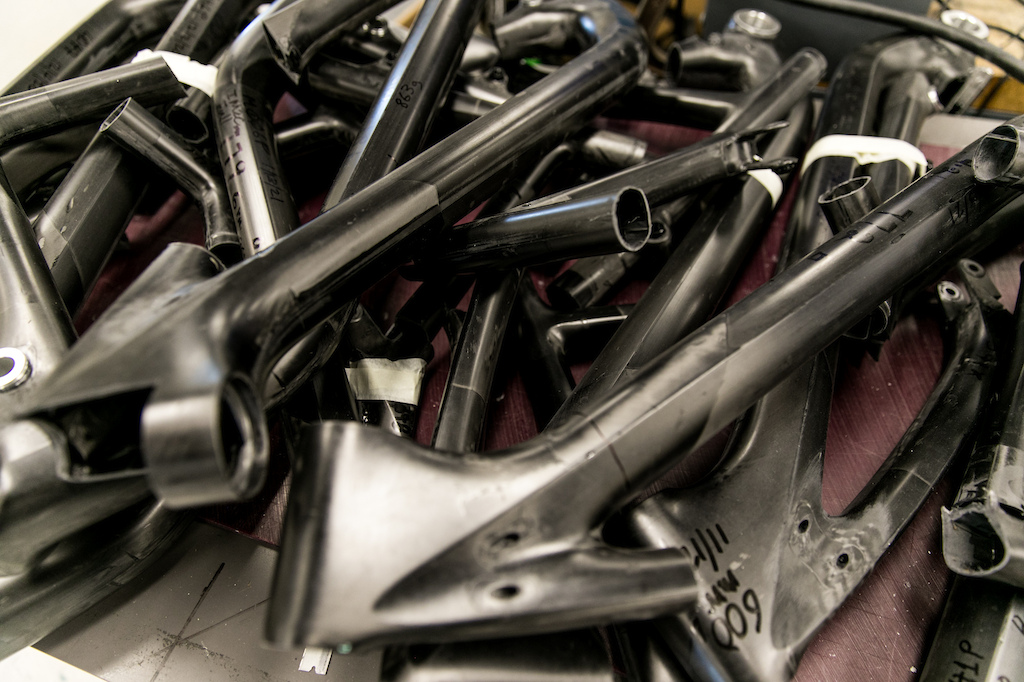
Empirical knowledge gained from building and breaking frames, however costly, is still the least expensive method to shed weight while maintaining strength and reliability.
All would be for naught, however, if Ibis failed to slash the extraordinary amount of labor required to produce a carbon dual-suspension chassis. Depending upon its complexity, Ibis’ Asian vendors devote up to 86 man-hours to mold and finish one frame. The cost of living in and about Santa Cruz tops most US cities, so Ibis would need to work a small miracle to keep its made-in-USA products competitively priced.
Baby steps: Sometime around 2014, Ibis built a small carbon construction and testing lab in their Santa Cruz headquarters to do just that. The plan was to manufacture size-small Ripley frames (front triangles, actually) as a feasibility study for a future full-scale production facility.
Baby steps: Sometime around 2014, Ibis built a small carbon construction and testing lab in their Santa Cruz headquarters to do just that. The plan was to manufacture size-small Ripley frames (front triangles, actually) as a feasibility study for a future full-scale production facility.
Ibis crushed a lot of carbon surfing the learning curve, but ultimately, their investment resulted in a new construction process that halved both energy and labor costs. By 2018, Ripley frames were popping out of the molds and into production, and Hans Heim had purchased the building that would become the birthplace of Exie.
Almost Local
Ongoing cost-is-no-object bidding wars between the State University and a dozen global tech corporations for industrial space in Santa Cruz forced Ibis to search elsewhere for a suitable factory location. As luck would have it, Hans Heim found a building a half-hour’s drive south of headquarters near Watsonville.
Idyllically located near the Pacific Ocean on agricultural land, the Pajaro factory was originally built and outfitted to be a terminal for an undersea fiber-optic cable. Plans changed, however, and the telecommunications corporation never occupied the facility. Hans said that a substantial part of the cost to re-purpose the building was paid for by recycling 60 thousand dollars of copper wire and selling off the back-up generator. It was as large as a diesel locomotive and could have supplied electricity to a small city. Ibis then converted the building to operate completely upon solar power.

Ruben Reyes (left) and Jesus Villarruel carefully close a mold for an Exie front triangle. Wall-mounted panels at each mold station automate the precise heat and pressure cycles required to cure carbon frames.
Today, the factory is staffed and ready for action. Almost all aspects of production take place in one large space to encourage interaction. Layup and molding stations are situated along two of the walls. The aluminum molds were developed by Ibis and are self-heating and pressure-regulated by computerized control centers. An advantage to their system is a seamless workflow. Teams of two will lay up a frame and then close it in the mold. While that one is curing, they simply move over to the next mold station and begin laying up another frame.
Cross the room and as you enter the quality control and testing lab, you’ll pass a table stacked with sample frames in various states of destruction. Because testing reveals the quality of everyone’s work, most employees show up to watch when the engineers run impact tests – it’s the nerd version of huck to flat. The lab is outfitted to reproduce industry standard tests and test samples are pulled from production to assure there are no ongoing quality problems.

Preston Sandusky stands by as Sara Passantino prepares instrumentation for a destruction test. Rigorous testing and separate layup schedules are required for each frame size.
Stations for the composite layup engineers are centrally located so they can look over the shoulders of the technicians and see first-hand if there are issues (like bunching or crinkling of the carbon layers as they are placed around the mandrels) that could be solved by modifying the process. Ibis engineer Sara Passantino explained that most frames are laid up using a number of various sized rectangular shaped strips of carbon – averaging 300 pieces or more to wrap one front triangle. Her first task was to create shapes that would naturally conform to the frame’s contours, which both improved the strength of the frames and reduced the number of carbon pieces to 120.
Further reductions in labor were built into the molding process to eliminate as many finishing steps as possible. Internal cable and hose tubes, pivot points, and bearing locations are molded in place to finished dimensions. When Exie frames emerge from the curing process, they require miniscule amounts of sanding, primarily to eliminate mold parting lines, but otherwise appear ready to assemble. Exie swingarms are molded in right and left halves, then bonded together in a second operation. To save weight and eliminate a pricey and environmentally unfriendly step, Exie frames are not painted. The carbon is left for all to see, under heat-transfer decals and protected by a ceramic coating less than a thousandth of an inch thick (.025mm).
The Kestrel Connection
Ibis successfully reduced the man-hours required to build a dual-suspension carbon frame from 86 to 35 hours – a figure that made it possible to move forward into full production. Much of that efficiency can be attributed to Ibis’ previous experience with composites and the simplifications and improvements in their manufacturing process. Without an experienced staff, however, the Exie project would have been much more problematic to launch. Enter the Kestrel connection.
Preston Sandusky, the boss of Ibis’ carbon manufacturing, was a co-owner of Kestrel – a pioneer of molded carbon fiber bicycle frame manufacturing. Kestrel’s facility was located near Santa Cruz, as were a number of aerospace
Ibis successfully reduced the man-hours required to build a dual-suspension carbon frame from 86 to 35 hours – a figure that made it possible to move forward into full production. Much of that efficiency can be attributed to Ibis’ previous experience with composites and the simplifications and improvements in their manufacturing process. Without an experienced staff, however, the Exie project would have been much more problematic to launch. Enter the Kestrel connection.
Preston Sandusky, the boss of Ibis’ carbon manufacturing, was a co-owner of Kestrel – a pioneer of molded carbon fiber bicycle frame manufacturing. Kestrel’s facility was located near Santa Cruz, as were a number of aerospace
Will Ibis Succeed?
With the debut of their Pajaro factory, Ibis joins North America’s small, but growing group of composite bicycle and accessory manufacturers. Nobody, including the likes of Trek and Enve, is cranking out huge numbers, but the combined efforts of all players have assimilated enough momentum to prove without doubt that manufacturers here can compete with Asian-made products in the high-performance segment of the cycling business.
Hans says that Ibis has no plans to shift all of its manufacturing to the US. “Exie and the Pajaro facility are one leg of our three legged chair,” he explains. “We need our vendors in Asia to assure that we have the volume to serve our customers, but the pandemic has taught us that things can change fairly rapidly, so we will survive better if we don’t have all of our eggs in one basket.”
With the debut of their Pajaro factory, Ibis joins North America’s small, but growing group of composite bicycle and accessory manufacturers. Nobody, including the likes of Trek and Enve, is cranking out huge numbers, but the combined efforts of all players have assimilated enough momentum to prove without doubt that manufacturers here can compete with Asian-made products in the high-performance segment of the cycling business.
Hans says that Ibis has no plans to shift all of its manufacturing to the US. “Exie and the Pajaro facility are one leg of our three legged chair,” he explains. “We need our vendors in Asia to assure that we have the volume to serve our customers, but the pandemic has taught us that things can change fairly rapidly, so we will survive better if we don’t have all of our eggs in one basket.”
RIP Luis
Luis Valerio was a friend and employee of Preston Sanduski at Kestrel who signed on to start Ibis' Ripley project back in 2014. He was also instrumental in founding the Pajaro factory. Sadly, Luis lost his life to Covid 19 at home while the factory was closed during the peak of the pandemic. Ibis is still reeling from this unexpected tragedy.
For now, Ibis’s timing couldn’t be better. World Cup XC racing is gathering momentum. Core riders are rediscovering the joy of riding lightweight, super capable cross-country machines. Perhaps more telling is that bicycle prices are rising at a faster rate than wages in the USA, and financial soothsayers predict that inflation is going to accelerate that trend, especially for imported items. Making their upper-end range at home could offset some of those price increases for US customers and ultimately make Ibis more competitively priced in the European marketplace. Only time will tell, but it’s clear that Ibis has done their homework and all signals appear to be green for the Exie rollout. We wish them the best.
Author Info:
Must Read This Week
Sign Up for the Pinkbike Newsletter - All the Biggest, Most Interesting Stories in your Inbox
PB Newsletter Signup

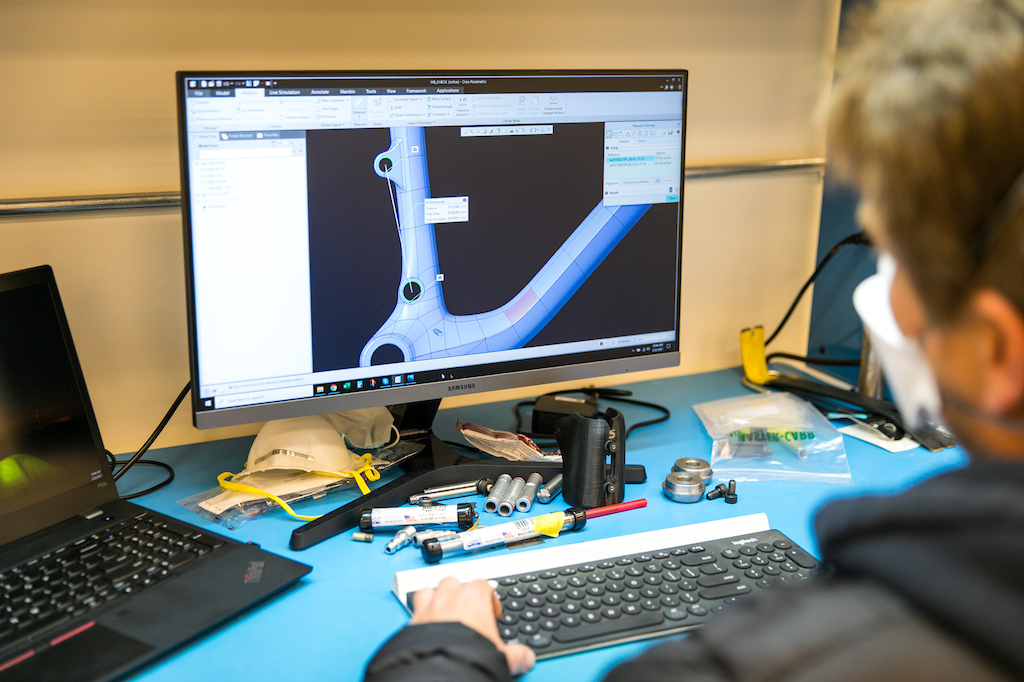
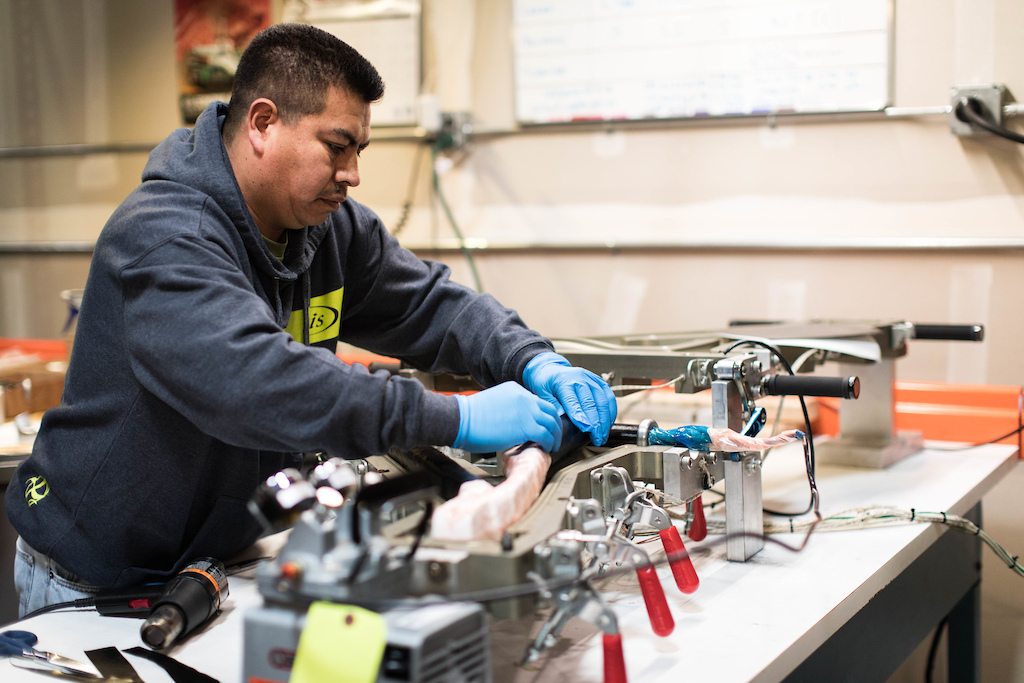
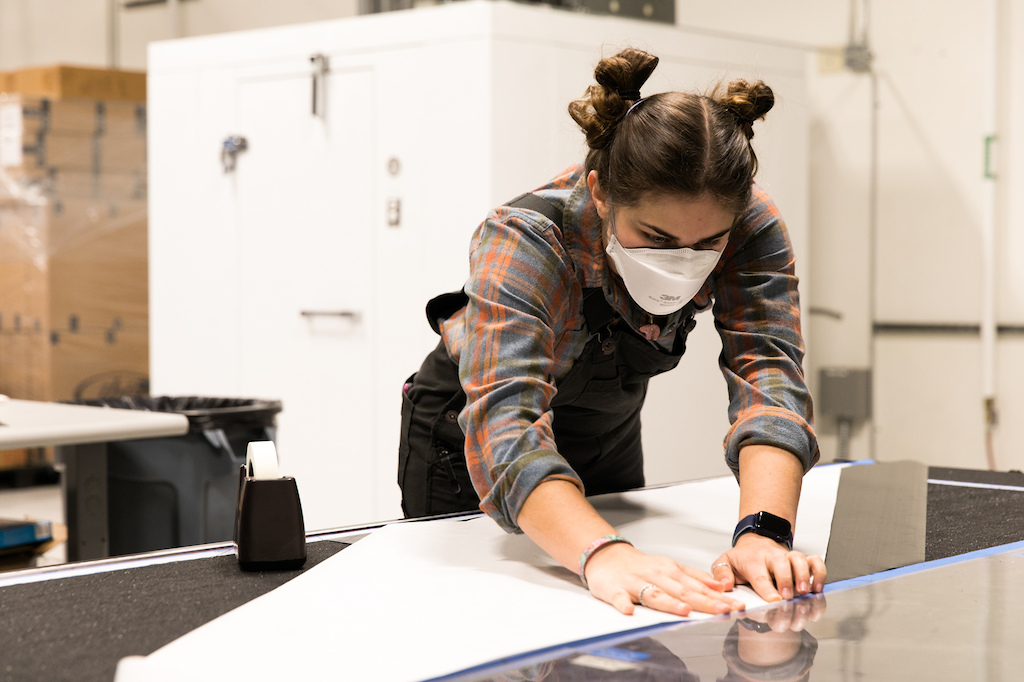
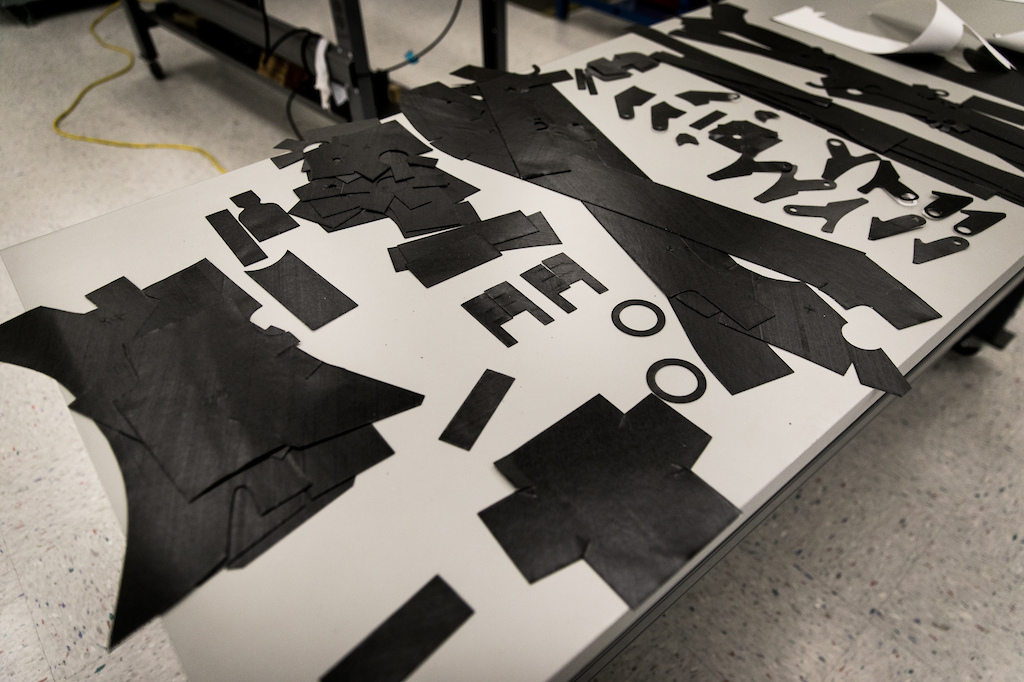
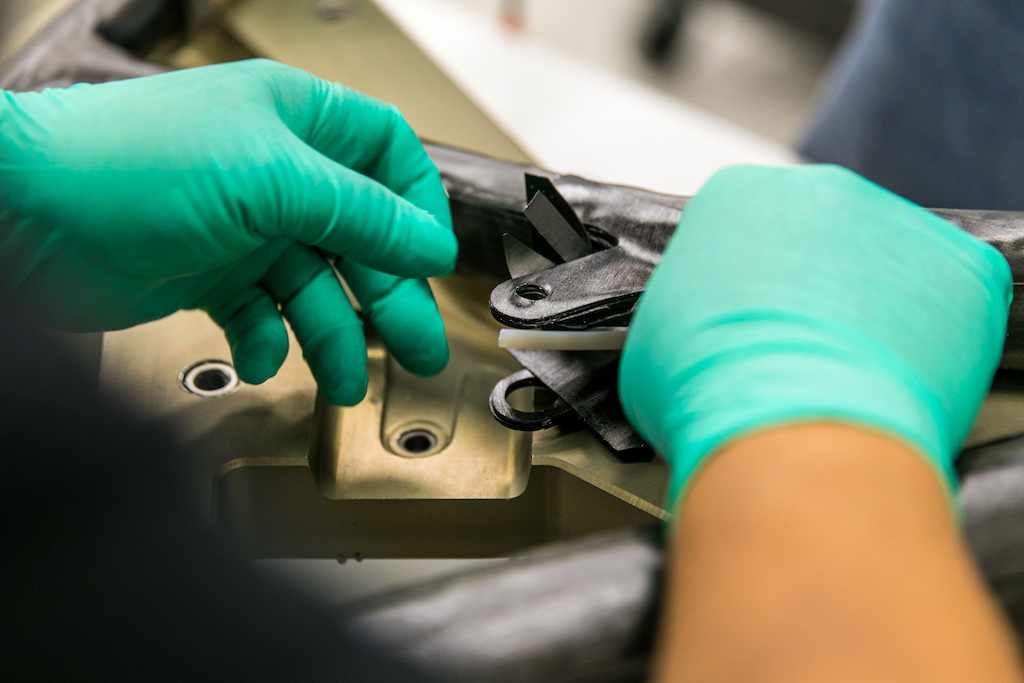



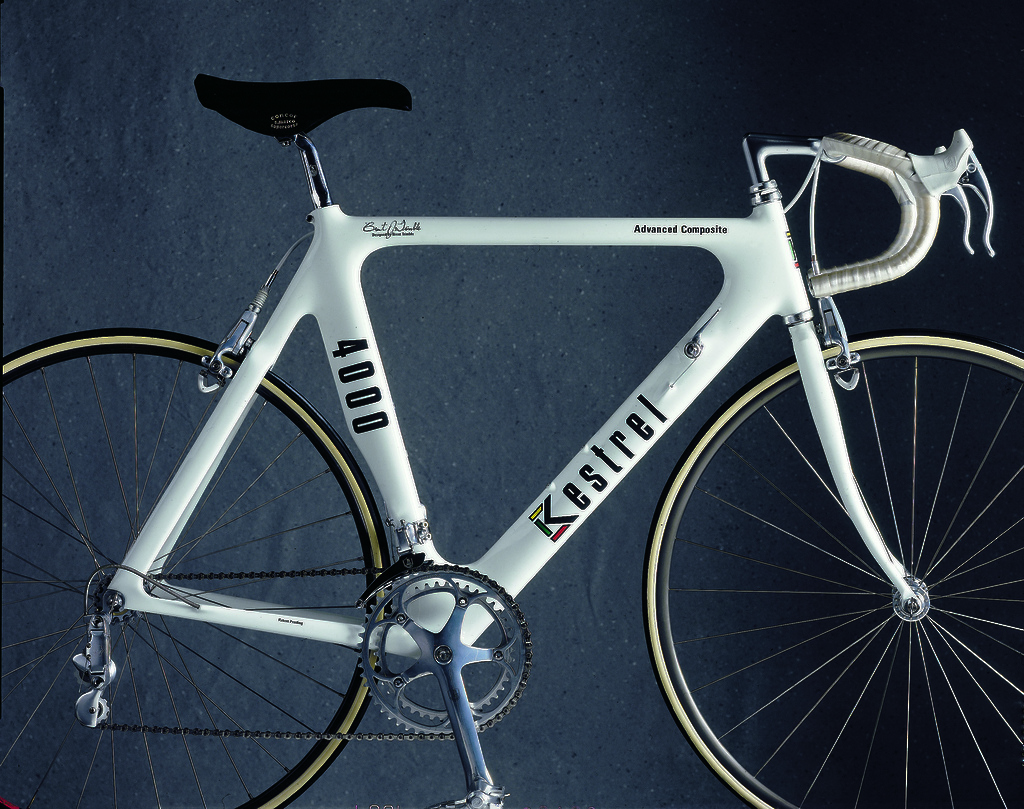
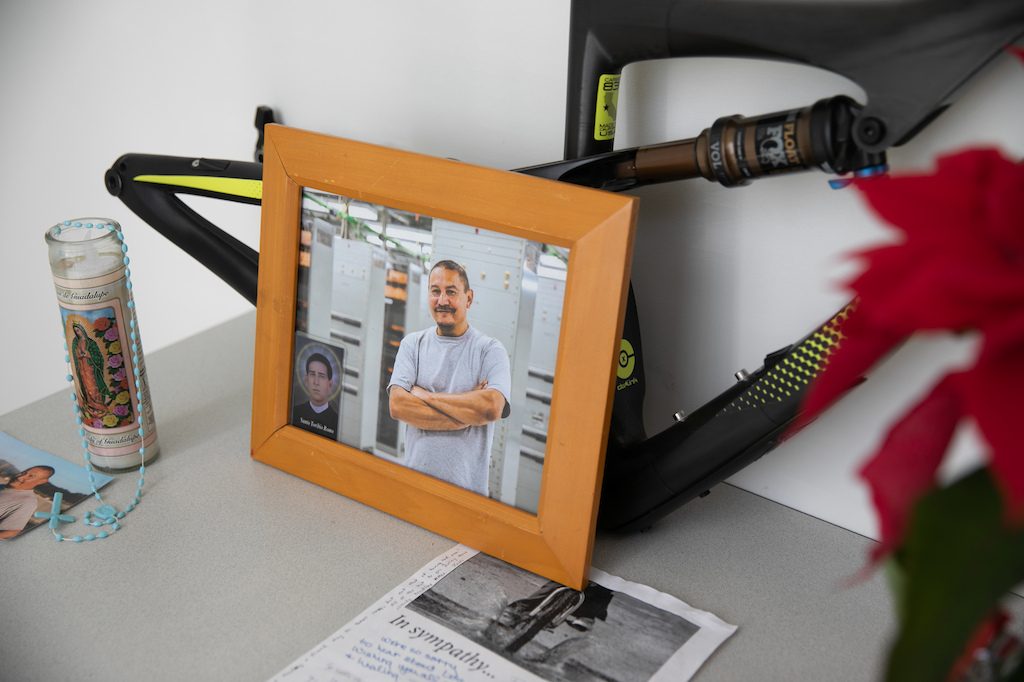

You don't build this type of operation without a bigger prize in mind. Good on you Ibis- USA is Cool.
Be expected to work 12 hours a day, 6 days a week, or, work for a bike company where you actually have some semblance of an outside life.
Elon Musk is the world’s biggest look.
Income curves are typically set early in your twenties. Not to say it’s the same for everyone but SpaceX is a household name at this point, most people don’t know what an Ibis is let alone the bike company it shares its name with or the Pilotwings64 character.
Hence the interesting choice
SpaceX might have more pull when you're putting together a CV after the fact, but I'd say pursuing a healthy work/life balance while also working at a place that aligns with your interests is indeed a bold (and smart) strategy.
I have close friends who are engineers for major bike brands. They have a great work/life balance and make enough to live decently. That seems like a much more desirable life to me, and probably many others.
For any individual, the choice is obviously personal, but I think it’s stupid to make a statement implying it was a silly decision to take a job at Ibis over SpaceX.
And again Elon is a kook.
Work for a company where you are expected to put in 70+ hour weeks on the regular (SpaceX). Or one where presumably you are not (Ibis) (I realize this is presumption, but again, knowing people in the bike industry and having met the owner of Ibis who visited my remote rural town, it’s an reasonable guess).
Why would that be a bad decision?
You’re assuming that because it’s bikes it’s all bongs and berms. I’d say it can be even worse because you work super hard on stuff you are passionate about only to have every forum complain about it and another company launch something later that day.
Specialized, Dorel and Trek, the most likely corporations for people to get into the industry, are all located in places that are extremely expensive compared to the wages paid. Livable housing in two of those markets is a minimum of 45-60 minutes drive or requires a multitude of roommates. Not exactly a dream scenario if you are getting to the family phase of life. Work/life balance isn’t better, just different. You’re in traffic instead of at a desk.
I never said it was a silly, stupid or dumb decision. I quoted a movie that it was a bold strategy, especially considering that SpaceX might go public. Wouldn’t be a bad time to ride that space train to the moon.
Luck favors the bold. For everyone ruminating about SpaceX, you might flip that narrative and wonder instead how Ibis is an amazing employer that is set apart by a very egalitarian methodology, nurturing those who wish to try different roles within the organization and focuses on super hard projects that take years to come to fruition.
While she may 'move on' from Ibis as she grows stronger and more professional in her career journey, as the sole female designer at Ibis and part owner I'm stoked that she chose to use her powers of engineering and artistic sensibilities to propel mere mortals on two wheels.
I can say that she is a force to be reckoned with and will laugh at these comments about her life and career choices. As with all the women of Ibis, we have all become experts at what we do and we amplify each other and support all our team members.
Carry on because we will continue doing what we are passionate about and be rewarded with a company that cares and takes care of us and in turn will make bikes you love to ride.
- Roxy Lo,
Industrial Designer, Partner, Ibis Cycles
www.bikemag.com/features/profiles/breaking-the-mold
NOW! take this back to asia and come back with $1400 carbon full sus frames.
Anyways, my crystal ball says direct to consumer brands will continue to grow at a steady rate for the next 100 years.
kudos for the engineering innovation and using renewable energy.
would be fantastic if they shared the innovation and incentivise their suppliers to follow on renewable energy so "the rest of us" can afford their products as well.
All those people get paid a lot more in CA than other states and that adds up fast.
It'a miracle any mfg in the U.S.A makes any money at all.
Boeing is able to build around 3 737 jets every day but you better believe it it take more than 8 hours to completely assemble a jet.
IBIS, in this article, are talking about cycle time i.e. the total touch time from beginning of layup to finish/inspection of completed frame. GG is likely quoting takt time - how frequently they are able produce 1 frame.
www.specialized.com/us/en/s-works-epic-frameset/p/154348?color=239096-154348&searchText=70319-0305
An awesome first step by Ibis.
It’s not, that’s the old discontinued model. The only offering (excluding the Evo) is $6k for a frame and fork
www.specialized.com/us/en/s-works-epic-frameset/p/175242?color=303260-175242&searchText=77620-0201
Easy decision as home prices in the area are astronomical as well. We just sold our 2000sf house in the Santa Cruz area for $1.3 million. Paid $650k for it 6 years ago....bye bye California!
BTW - no one mentioned that this article's byline is Richard Cunningham? I thought #Cleverpig retired? Great to see new content.....
lol